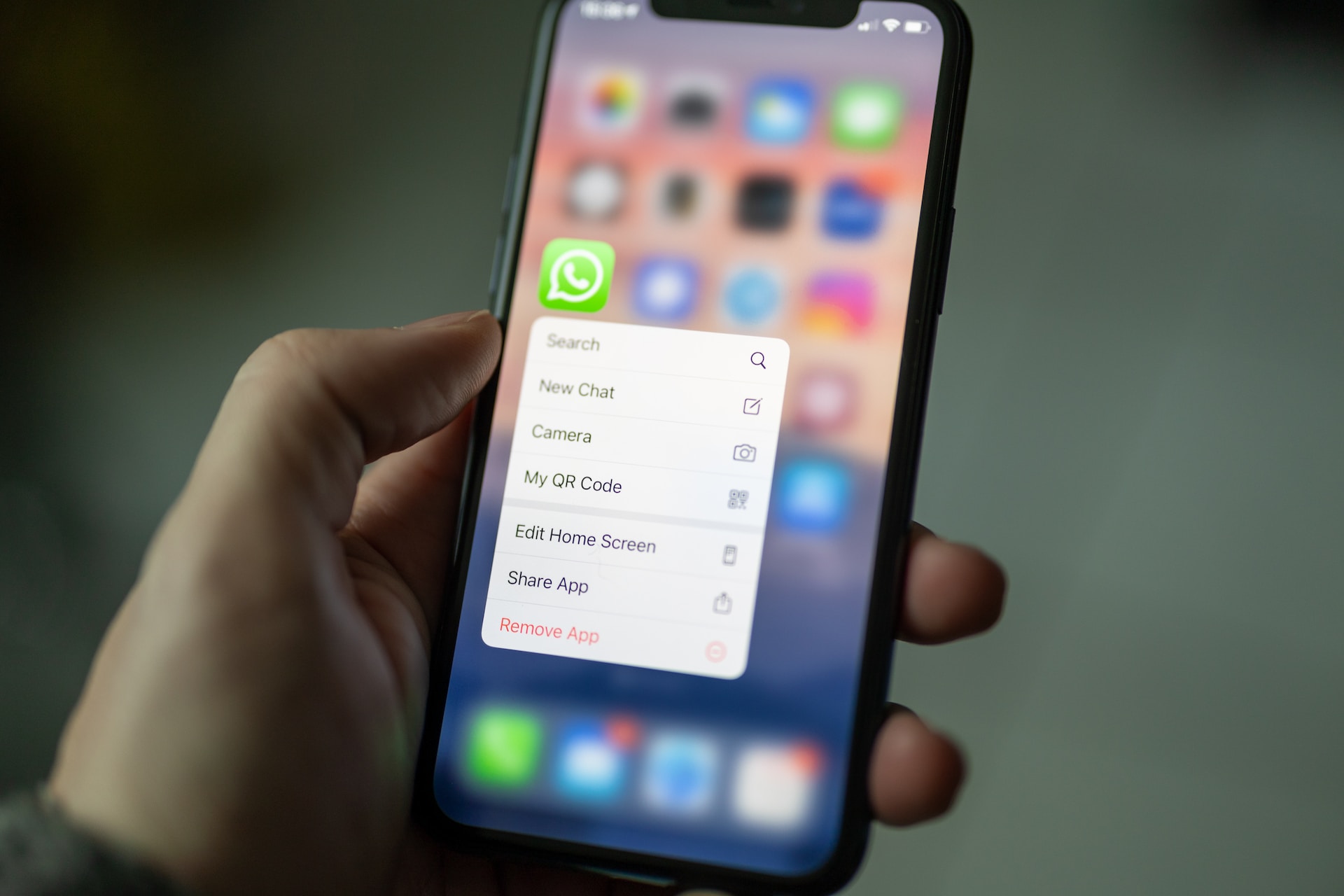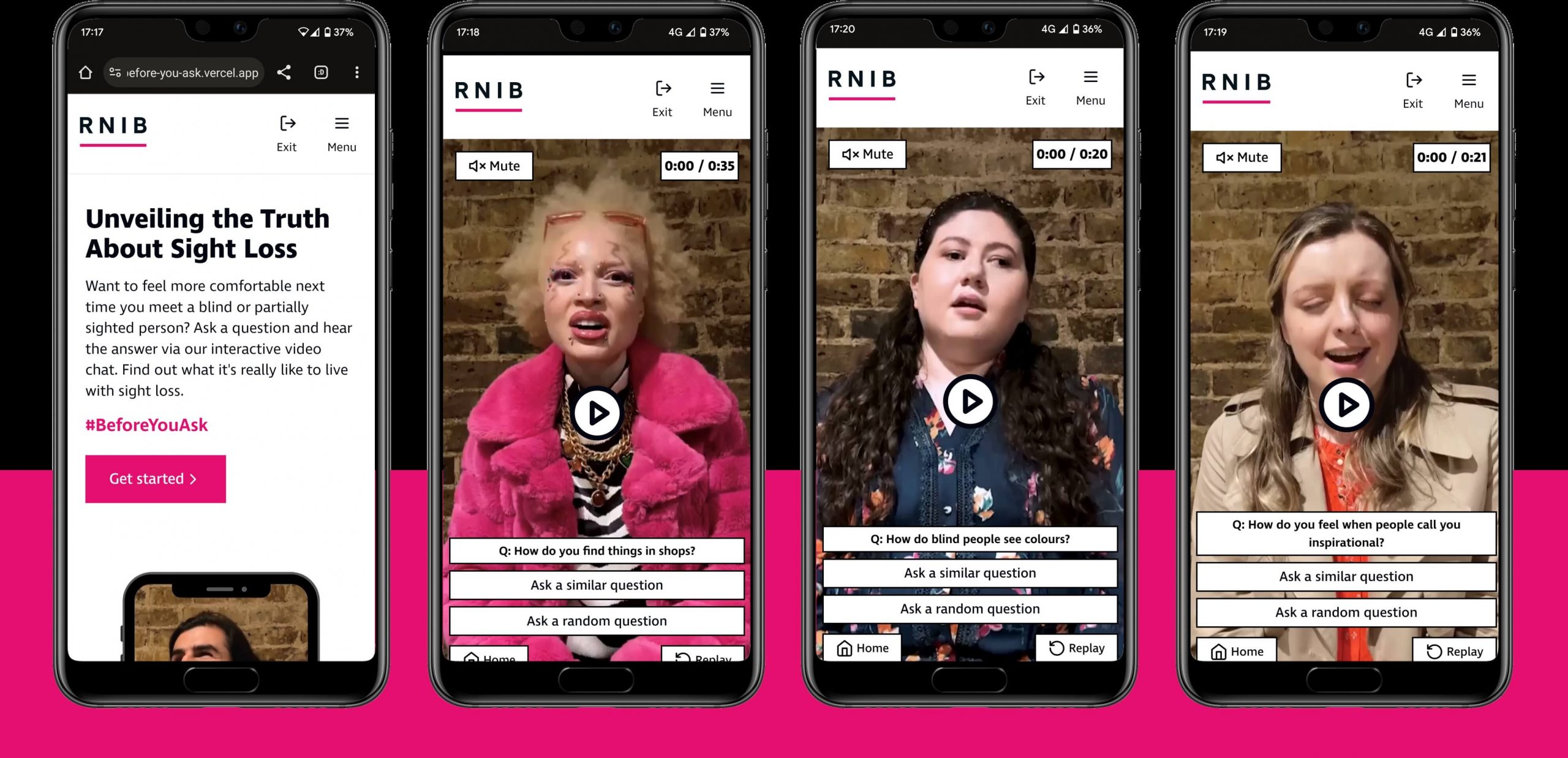15 years of WhatsApp: How has the platform evolved?

- Friday, February 23rd, 2024
- Share this article:
Since launching in 2009, WhatsApp has become a staple in the way people communicate, revolutionising the mobile messaging industry.
Now with roughly two billion monthly users, the platform has undergone significant transformations since launch, introducing new features, new functionalities and even being acquired by technology giant Meta.
To celebrate the social media giant’s 15 year anniversary, Mobile Marketing Magazine looks back at the revolutionising updates of WhatsApp and how it has adapted to mobile communication along the years.
Subscribe to Mobile Marketing Magazine
Click here to get the latest marketing news free in your inbox every Thursday
Messaging to multimedia
WhatsApp initially launched as a simple text messaging app in 2009, allowing users to send and receive messages via the internet.
However, recognising the growing demand for richer communication, the social media giant quickly launched multimedia content on its app.
As a result, users can now share photos, videos, voice messages and documents on the platform.
Voice and video calling
Six years after its launch, the platform introduced voice calling, an addition to its previous multimedia offerings.
This feature provided users with a cost-effective and efficient way to make phone calls all around the globe via the internet.

Following this success, WhatsApp further elevated its communication capabilities by introducing video calling in 2016, offering users face-to-face interactions, free of price.
End-to-End encryption:
In 2016, WhatsApp implemented end-to-end encryption, ensuring that messages and calls remain confidential and secure. This move reinforced its commitment to protect user data from unauthorised access.
WhatsApp Web
In 2015, WhatsApp recognised the need for a seamless cross-device experience. As a result, the social media giant launched WhatsApp Web, allowing users to access their messages on a desktop or laptop computer by simply scanning a QR code.
Later, the platform expanded its reach with a dedicated desktop application, increasing convenience and allowing users to access the platform whether they are on their smartphones or desktops.
Status updates and stories:
Eight years after it launched, WhatsApp followed the likes of Facebook- now Meta, which also acquired the platform in 2014 for $19 billion– and Instagram by launching stories.
A feature similar to rival social media platforms, users can share text, photos, and videos as their status, visible to contacts for 24 hours, a move which was first introduced by Snapchat.
This addition catered to WhatsApp’s audience who desire real-time updates and sharing moments.
Group calling
WhatsApp continued to enhance its communication capabilities with the introduction of group voice and video calling. This feature allowed virtual gatherings, connecting friends and family irrespective of geographical locations and distances.
Disappearing messages and multi-device support

To enhance privacy and user control, WhatsApp introduced disappearing messages in 2020.
As a result, users can enable this feature for individual or group chats, causing messages to disappear after a week. At the same time, the platform also extended its flexibility in communication by allowing users to access the same account on multiple devices simultaneously.
WhatsApp’s journey from a simple messaging app to now a $118 billion company reflects its commitment to innovation and adapting to emerging with trends. As it continues WhatsApp remains a key player in the mobile communication industry.

















